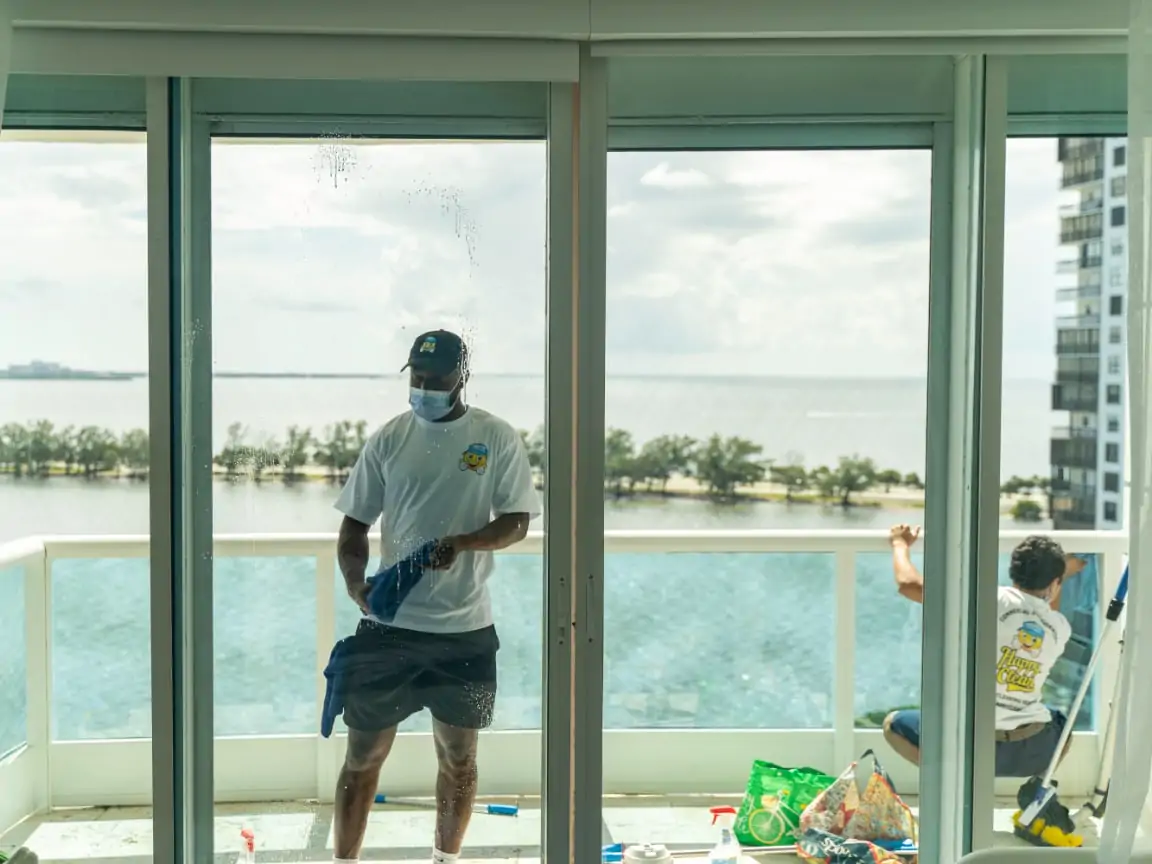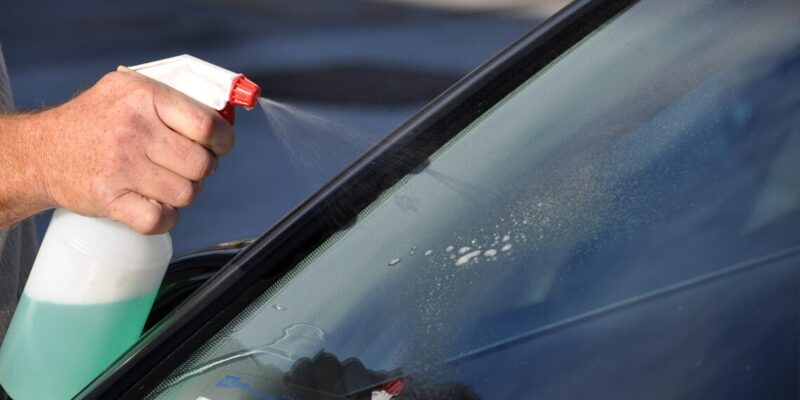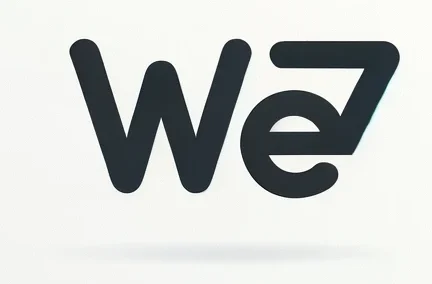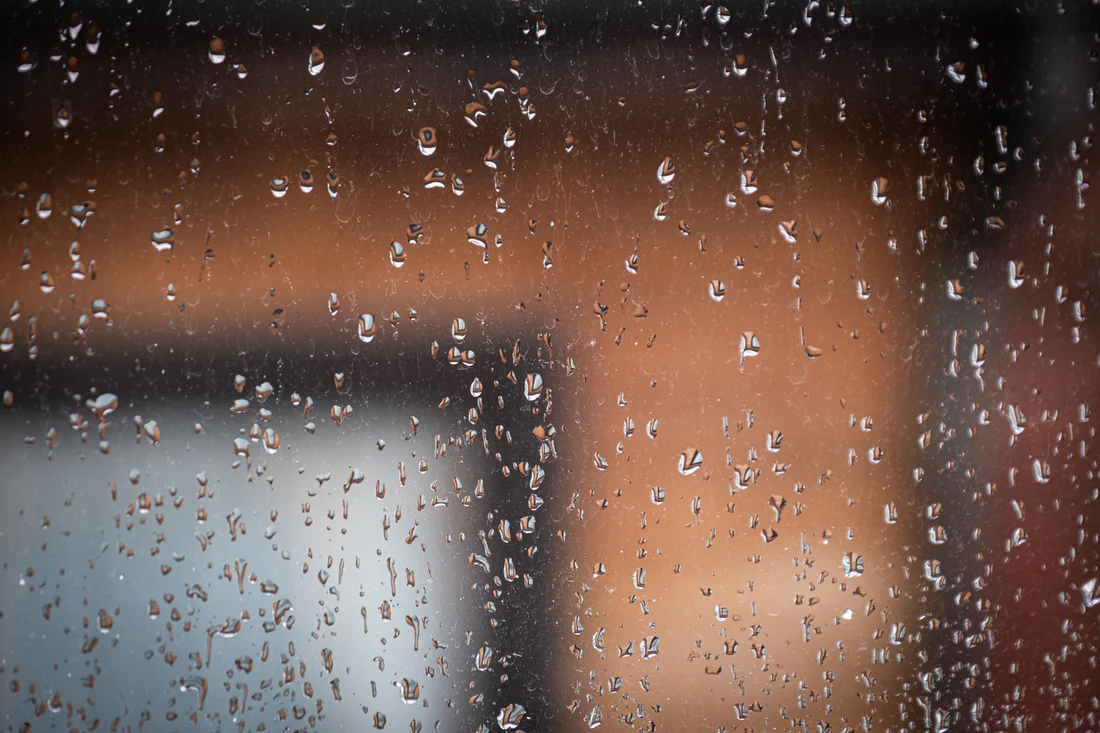Life in Hawaii comes with many natural advantages – sun, ocean, and beauty all around. Yet, there’s also a quiet downside that many homeowners face daily: hard water spots. These cloudy, chalky marks cling stubbornly to glass surfaces, especially on windows, shower doors, and lanai railings.
The frustration grows when you realize some of these spots simply will not go away, no matter how hard you scrub. This article unpacks why certain hard water spots cannot be removed, what makes Hawaii’s conditions unique, and how to approach them with realistic expectations.
Professional Solutions and Realistic Limits
At some point, homeowners face the decision of when to stop fighting and when to call in help. Professional services offer specialized treatments and equipment that go far beyond household products. Techniques like polishing, resurfacing, and sealing can minimize damage, but results depend heavily on how deep the etching goes.
If you’re weighing your options, companies in Hawaii specialize in hard water spot removal for glass and stone surfaces. These services are especially helpful when you want to restore large sliding doors, railings, or glass panels that frame the ocean view. Still, it’s important to understand that even experts cannot reverse severe etching, and sometimes replacement is the only true fix.
The Role of Hawaii’s Climate

The islands present a perfect storm for mineral buildup. Strong sunlight speeds up evaporation, leaving behind concentrated mineral deposits more quickly than in cooler climates. Add in salt spray from the ocean, which can interact with mineral residues, and you get deposits that are tougher and more aggressive on glass surfaces.
Unlike occasional hard water spots you might see in other places, in Hawaii the cycle is daily: sprinkle, dry, repeat. Over months or years, this layering effect transforms ordinary deposits into permanent etch marks.
When Replacement Becomes the Only Option
For many in Hawaii, replacing glass panels or shower doors eventually becomes unavoidable. Once etching sets in, surfaces lose transparency and light play, reducing both appearance and home value. The decision can feel frustrating, but replacement ensures a fresh start, especially if you pair new glass with preventive care from day one.
Think of it as part of Hawaii’s maintenance rhythm. Just as salt air requires fresh coats of paint or oiling of wood, glass surfaces need renewal after years of mineral exposure.
Safety and Cleaning Agents

It’s tempting to turn to harsh acids or abrasive scrubbers in search of a solution. However, using overly aggressive methods risks worsening etching, scratching glass further, or even creating safety hazards with fumes.
Safer practices always win in the long run – gentle cleaners, microfiber cloths, and certified treatments. When in doubt, leave the heavy work to professionals with the right tools and protective measures.
Conclusion
Hard water spots in Hawaii are more than just a nuisance. They’re part of the natural environment homeowners must manage – born of minerals, sun, and salt. While many spots can be lifted with care or expert service, some cannot.
Knowing the difference saves time, prevents damage, and sets realistic expectations. The best approach is layered: prevent daily, clean often, seek expert help when needed, and replace when surfaces no longer respond.
With this mindset, Hawaii homeowners can balance upkeep with enjoyment, keeping glass clear enough to appreciate the view beyond it.

